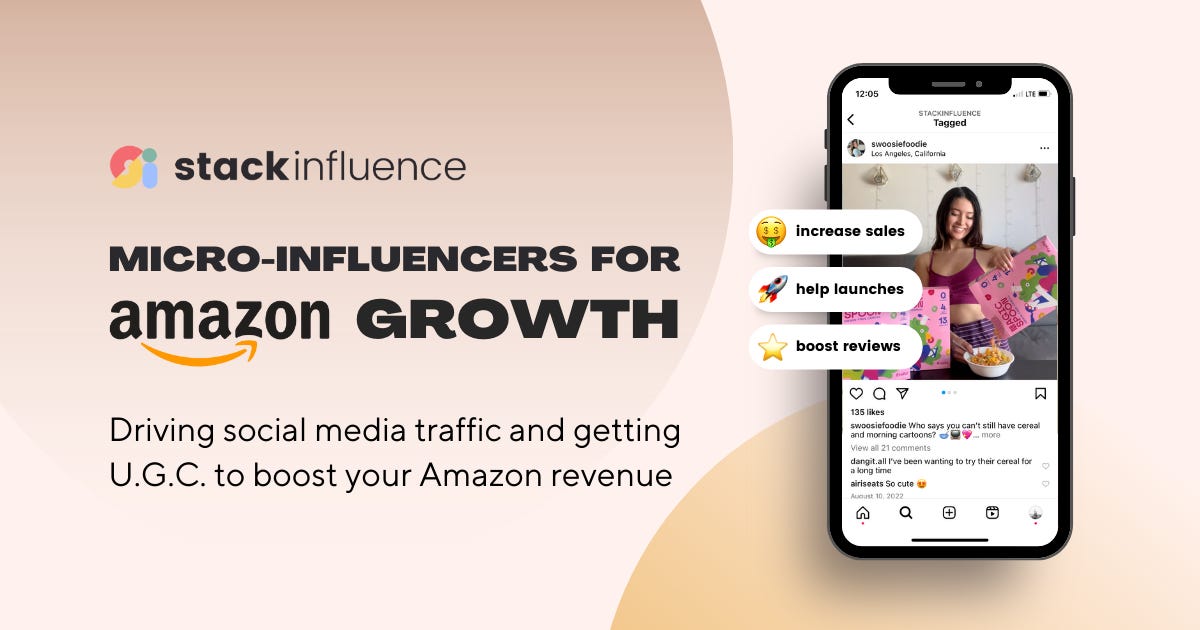
Howdy Readers 🥰

In this newsletter, you’ll find
🛠️ How to Create Keyword Clusters in 8 Simple Steps
📺 Netflix and Amazon Enhance Ad Tech Features
📊 How to Sell to Millennials in 2024: A Data-Driven Guide
TOGETHER WITH STACK INFLUENCE
Transform Your Amazon Sales: 5X Revenue in 2 Months with Micro-Influencer Magic

If you are looking to climb up the Amazon Listing Ladder with your new product launches or revamp the existing ones, then Stack Influencer is the one!
Their innovative approach leverages micro-influencers not just to promote, but to genuinely engage with your product. Imagine having a network of influencers who don't just endorse but are actual customers of your brand. They buy, they try, they share - driving authentic traffic to your Amazon store!
💸 Pay Influencers with Products Only!
📸 Get Authentic UGC with Full Usage Rights.
🤖 AI-Powered Automation for Million-Dollar Listings.
🤝 Build an In-House Community of Affiliates.
Stand out & start today with Stack Influence and join brands like Unilever and Magic Spoon that have been using this formula for years.
Sign up now and take your Amazon listings to 6-figures!
SEO: KEYWORD CLUSTERS
🛠️ How to Create Keyword Clusters in 8 Simple Steps
What are those but? Think of keyword clusters like a garden: each plant represents one keyword, and together they create a vibrant, cohesive landscape. This logic applies to blogs as well. Instead of writing a single article, create multiple articles covering all queries within a specific category and link them internally.
The Steps to Find and Create Keyword Clusters
1. Go to Your Keyword Research Tool: Start with a reliable keyword research tool.
2. Research Your Primary Keyword: Identify the main keyword you want to focus on.
3. Collect Relevant/Related Keywords: Gather keywords related to your primary keyword.
4. Add Them to a Spreadsheet: Organize your keywords in a spreadsheet.
5. Add a Column for "Cluster": Label this column to start grouping keywords.
6. Start Grouping Keywords: Group similar keywords together under a single cluster.
7. Scan Competitors: Look at what keywords your competitors are targeting.
8. Scan SERPs: Check the search engine results pages for additional keyword ideas.
Example
Primary Keyword: DIY Home Improvement


